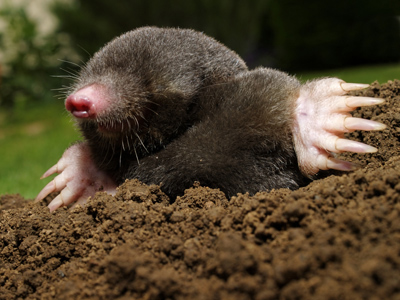
VR - Words with Multiple Meanings
This article was formerly combined with another on sorting words into associated groups. To read the information on that topic, you can now look at our new article VR - Putting Words Into Groups.
There are many words in English which have more than one meaning. Here are some examples:
Bolt – To run quickly; or a metal fastener.
Jam – A fruit preserve; a queue of traffic; the act of forcing something into place.
Mine – A kind of bomb; a place where minerals are dug up (or the act of digging them up); or belonging to me.
You get the idea. This part of the exam is designed to test your child’s vocabulary. It relies on a candidate’s ability to recognise the different meanings which some words have, and to come up with a suitable synonym.
How Are These Kind Of Questions Posed In The Exam?
There are two ways that this question can be posed – with multiple-choice answers or without. Both forms are presented in the same way though.
Firstly, and more straightforwardly, let’s look at the multiple-choice method. Seeing a list of possible answers should spark your child into finding the correct answer but as usual, there are techniques to add to your chance of success.
Example Question One
Which word can have a similar meaning to the words in brackets on the left AND a similar meaning to the words in brackets on the right?
(NOTICE SEE) __________ (BLEMISH MOLE)
Possible answers:
a) SHREW
b) VIEW
c) ADVERT
d) SPOT
Remember that, as usual, there will be a deliberate effort to mislead the candidates. 'Notice' and 'see' are both verbs and nouns. This can affect their meaning, of course.
'Mole' has two different meanings - the animal is not related in any way to 'blemish' so we can assume it's meant as the skin mark.
With a shortlist of four or five words, simply run them through and see if you can connect them with at least one word on each side.
SHREW goes with MOLE, but not with any of the other words.
VIEW is a match for SEE, and possibly for NOTICE, but it does not go with either BLEMISH or MOLE, so can be discounted.
ADVERT goes only with NOTICE, so that is not the correct answer.
SPOT is a match for all four of the given words, so must be the correct answer.
If you don't know the meaning of a word, don't worry - the answer should be a word that's relatively well-known, even if the words in brackets are not. As long as you've got a match to a word in each pair of brackets you should be fairly safe.
Example Question Two
Which word can have a similar meaning to the words in brackets on the left AND a similar meaning to the words in brackets on the right?
(NOTICE SEE) __________ (BLEMISH MOLE)
If there is no multiple choice answer available, then start with the most clear-cut word in brackets. Let's go for 'blemish' as it's got a meaning that is more distinct than the others.
If your child knows the word (it's the level that they certainly should) then they can picture it in their mind. What is it? What does it look like? Write down a few synonyms for it if possible. Even without this list, a clear picture of a 'blemish' on a person's skin, or on an apple's peel, should lead them to think of 'mole' in the sense of a skin blemish.
If they have a few words in their heads, relate them to 'notice' and 'see' and find whether they work. If not, try and find synonyms for the latter two. Remember, words can often be nouns or verbs depending on context. Although the word you're looking for is a verb to match those in the first set of brackets, it's a noun to match the second. The answer, of course, is 'SPOT'.
Sample Tests
Now that you have seen how these sorts of questions appear (and how to work out the answers), it’s time to practise.
We have four quizzes on Words with Multiple Meanings in the Eleven Plus Verbal Reasoning section of our site. Go through them with your child and share with them the technique we have learned in this lesson. Here are links to the four quizzes for your convenience:
Words with Multiple Meanings 1
Words with Multiple Meanings 2
Words with Multiple Meanings 3
Words with Multiple Meanings 4
In addition, you might ask your child to write a question or two - use words like 'earth', 'flag' or 'tie'. The more they practise setting questions, the more they are ready to answer them! Good luck!




